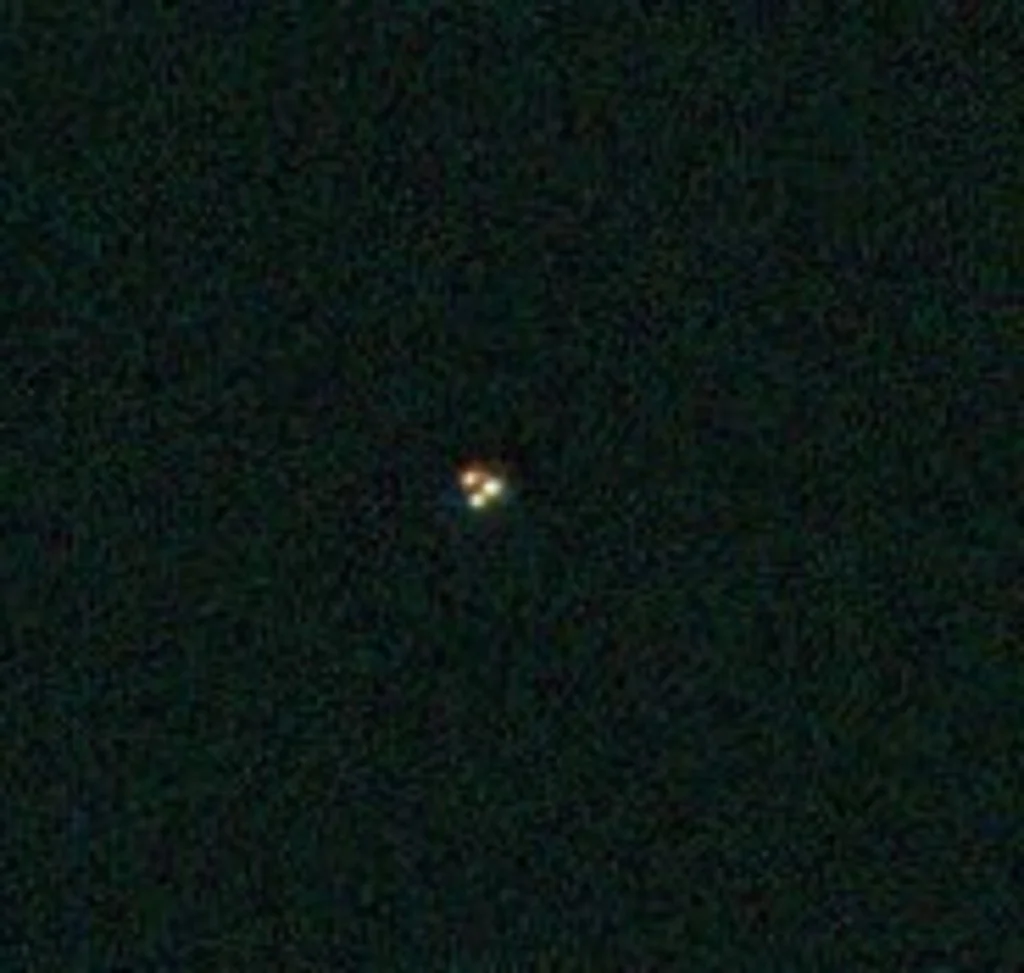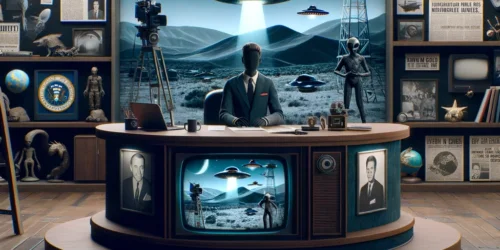Apollo 12 Mission – AS12-46-6848

The revelation by Donna Hare about the alteration of NASA photos, particularly those depicting unidentified objects, highlights a fascinating yet contentious aspect of space exploration. This instance, where a UFO seemingly appears in an Apollo mission photo, underscores the potential for human error in photo editing processes and aligns with claims from other whistleblowers about such occurrences. It brings to the fore the delicate balance between national security, scientific integrity, and public curiosity, inviting a broader discussion on transparency and the pursuit of truth in space exploration endeavors.
The Lunar and Planetary Institute (LPI), established in 1968, has been a beacon of inspiration and a hub for exploration in the realm of lunar and planetary science. As a distinguished intellectual leader, LPI not only facilitates cutting-edge research but also fosters a dynamic scientific community by hosting world-class visiting scientists, postdoctoral fellows, and students, alongside its cadre of resident experts. LPI acts as a key repository and distributor of planetary data, ensuring that the scientific community and NASA have seamless access to vital information for their exploratory missions.
Managed by the Universities Space Research Association (USRA), LPI benefits from USRA’s expertise in bridging government, industry, and the academic sphere. USRA’s commitment to advancing space- and aeronautics-related sciences through interdisciplinary research, facility management, and educational programs significantly complements LPI’s mission.
Among LPI’s notable contributions is the Apollo Image Atlas, an extensive archive of Apollo-Saturn mission photography. This collection, comprising nearly 25,000 images, meticulously documents the lunar surface, orbit, astronauts, mission hardware, and even Earth photographs taken during these historic missions.
The numbers “AS12-46-6848” refer to a specific photograph from the Apollo 12 mission. The Apollo missions were a series of space flights conducted by NASA aimed at landing humans on the Moon and bringing them safely back to Earth. Apollo 12 was the sixth manned flight in the Apollo program and the second to land on the Moon.
In this case:
- “AS” stands for Apollo Saturn, indicating it’s part of the Apollo program.
- The first number “12” refers to the specific mission number, so “12” is for Apollo 12.
- The second set of numbers “46” usually refers to the magazine number or the film roll used during the mission.
- The last set of numbers “6848” is the frame number from that specific magazine or roll of film.
This specific number would be used to catalog and reference the photo taken during the Apollo 12 mission. Each photo captured during the Apollo missions was meticulously documented and numbered for reference, scientific analysis, and historical record.
The image is from the roll (Magazine 46/Y) which include various panoramic shots taken from the lunar surface, showcasing different aspects of the Moon’s terrain, the Lunar Module (LM), and the astronauts’ activities.
For more information, you can explore the resources available on the LPI website: Lunar and Planetary Institute and view the specific Apollo 12 image AS12-46-6848.

Donna Hare’s revelations about photo alterations at NASA, aimed at obscuring UFOs, add a layer of mystery and controversy to our understanding of space exploration. Her narrative, punctuated by a culture of silence on extraterrestrial sightings, invites us to question the transparency of space agencies. The phrase “World, we have a problem” captures the essence of this dilemma, suggesting that the issues Hare highlights extend beyond technical challenges to touch on the very nature of truth and disclosure in space exploration.
The nature of the Moon continues to intrigue, with theories about its hidden aspects fueling scientific and popular debate. The exploration of such mysteries, discussed in “What is hiding on the Moon?”, invites readers to ponder the unknowns that lie on our celestial neighbor’s surface and beyond.
The Lunar and Planetary Institute’s vast collection of Apollo mission photographs, including the debated “AS12-46-6848,” serves as a vital resource for researchers, historians, and the curious public. While it offers invaluable insights into our lunar expeditions, instances like the one highlighted by Hare remind us of the complexities and challenges in interpreting and preserving the legacy of space exploration. As we continue to unravel the mysteries of the cosmos, the commitment to transparency and truth becomes paramount in fostering an informed and inspired global community.



